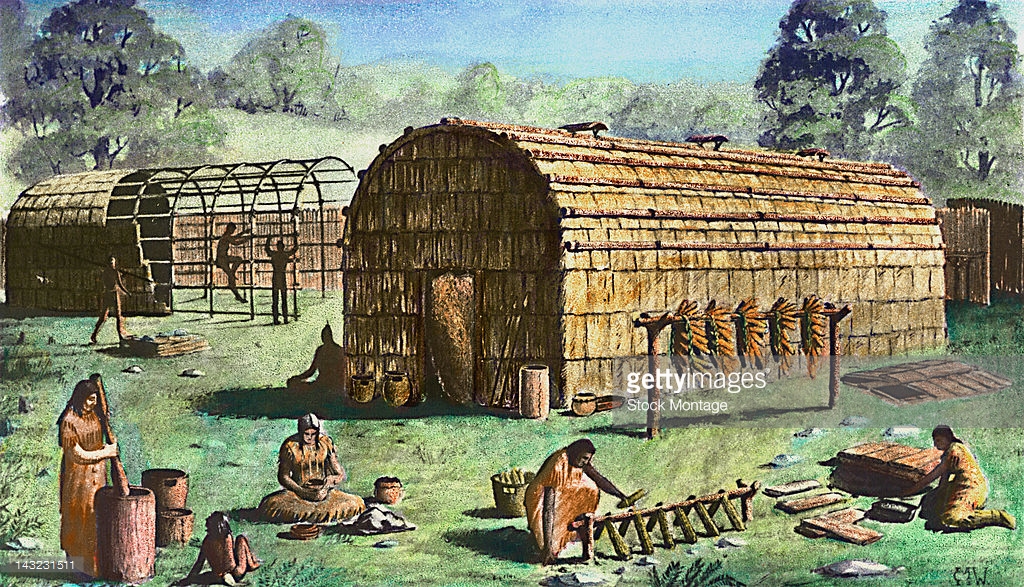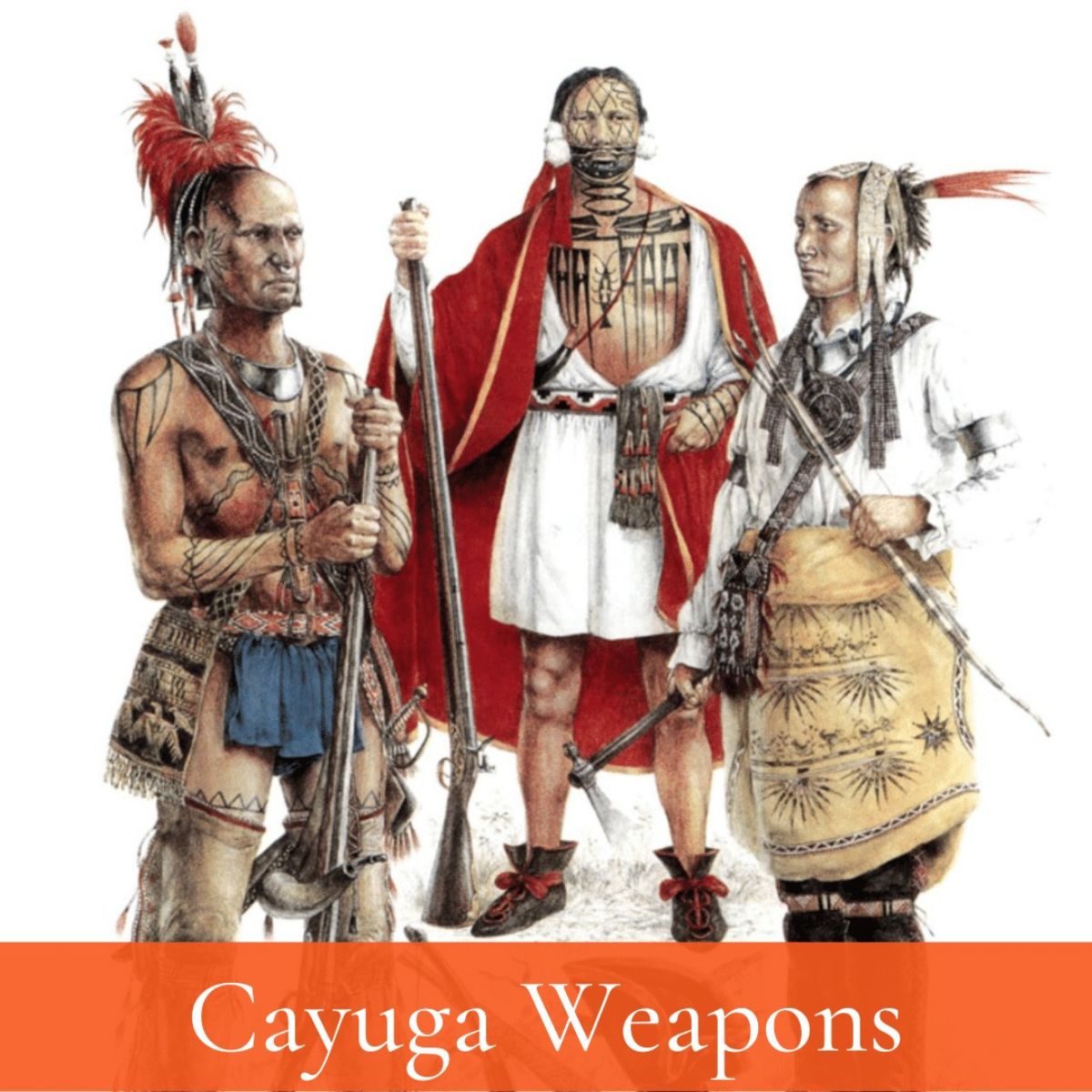
The Enduring Saga of the Cayuga Nation: A Fight for Land, Sovereignty, and Identity
In the heart of what is now New York State, nestled among the pristine waters of the Finger Lakes, lies a history as deep and complex as the lakes themselves. This is the ancestral homeland of the Cayuga Nation, a people whose story is not merely a chronicle of events, but a living testament to the indomitable spirit of a nation that has endured centuries of dispossession, forced migration, and internal strife, yet continues its tenacious fight for land, sovereignty, and identity.
For outsiders, the Cayuga Nation might conjure images of modern-day casino disputes or land claims, but their narrative stretches back millennia, intertwining with the very fabric of North American history. To understand the Cayuga is to understand the Haudenosaunee (Iroquois) Confederacy, one of the oldest and most sophisticated participatory democracies in the world.

Roots of a Powerful Confederacy
Long before European contact, the Cayuga, or "Gayogohó:nǫʼ" (People of the Great Swamp), were one of the original five nations – along with the Mohawk, Oneida, Onondaga, and Seneca – who united under the Great Law of Peace (Kaianere’kó:wa). This foundational agreement, believed to have been established around the 12th century, brought an end to perpetual warfare among the nations, creating a powerful political and military alliance that would dominate much of the northeastern continent.
The Cayuga held a vital position within the Confederacy, often referred to as the "keepers of the Great Pipe" or "younger brothers" to the Mohawk and Seneca. Their traditional territory spanned the fertile lands around Cayuga Lake, connecting the territories of the Onondaga to the east and the Seneca to the west. This strategic location made them crucial players in both inter-tribal relations and, later, in the burgeoning fur trade with European powers.
"Our ancestors lived here for thousands of years, long before any maps were drawn by outsiders," says Stephen Penner, a Cayuga Nation elder involved in cultural preservation efforts. "This land, these lakes, they are part of our very being. Our creation stories are tied to this place."
The Storm of Colonialism and Revolution
The arrival of Europeans in the 17th century brought unprecedented changes. The Cayuga, like their Haudenosaunee brethren, initially engaged in complex diplomacy, playing the French, Dutch, and English against each other to maintain their autonomy and control over trade routes. Their strategic acumen allowed them to survive and even thrive for a time, navigating the shifting alliances and conflicts of the colonial powers.
However, the American Revolution proved catastrophic. The Haudenosaunee Confederacy was tragically divided, with some nations siding with the British and others with the American colonists. The Cayuga, along with the Mohawk, Onondaga, and Seneca, largely allied with the British, seeing them as the lesser of two evils compared to the land-hungry American settlers.
This alliance sealed their fate. In 1779, General George Washington ordered the Sullivan Expedition, a scorched-earth campaign designed to cripple the Haudenosaunee nations that supported the British. Washington’s orders were chillingly clear: "The immediate object is the total destruction and devastation of their settlements, and the capture of as many prisoners of every age and sex as possible… It will be essential to ruin their crops in the ground and prevent their planting more."

The expedition devastated Cayuga villages, burned their longhouses, and destroyed their vast cornfields and orchards, shattering their self-sufficiency and forcing many to flee. This act of ethnic cleansing marked a turning point, leaving the Cayuga vulnerable and their traditional homeland largely defenseless.
Dispossession and Diaspora
In the aftermath of the Revolution, the newly formed United States, despite having signed treaties guaranteeing Native American lands, quickly moved to acquire territory. New York State, acting unilaterally and in direct violation of federal law (specifically the 1790 Non-Intercourse Act, which required federal approval for any land transactions with Native American tribes), began a series of aggressive and often fraudulent land deals with the Cayuga and other Haudenosaunee nations.
Between 1789 and 1795, New York State "purchased" almost all of the Cayuga’s remaining lands, reducing their vast territory to a mere sliver. Many Cayuga, disillusioned and dispossessed, were forced to scatter. Some migrated north to Canada, settling on the Six Nations of the Grand River Reserve in Ontario. Others moved west with the Seneca to Oklahoma, forming the modern-day Seneca-Cayuga Nation. Still others found refuge on other Haudenosaunee reservations within New York, such as the Cattaraugus, Allegany, and Onondaga reservations. The Cayuga Nation, in its original form, became a "lost nation" in its own homeland.
The Long Road Home: Legal Battles and Resurgence
For nearly two centuries, the Cayuga Nation of New York existed largely in diaspora, its presence in its ancestral lands diminished. However, the spirit of the People of the Great Swamp never died. In the late 20th century, a new era of Native American self-determination emerged, leading to a wave of land claims and legal challenges.
In 1980, the Cayuga Nation of New York filed a landmark land claim against the State of New York for the lands illegally taken in the 18th century. After years of litigation, a federal court ruled in 1999 that New York State had indeed violated federal law in its acquisition of Cayuga lands. The court awarded the Nation a substantial financial settlement for damages.
The proposed settlement, a staggering $247 million, was ultimately rejected by a significant portion of the Cayuga Nation. The reason was simple: the money did not include the return of land. For many Cayuga, land is not just real estate; it is identity, spirituality, and sovereignty itself. "Money cannot replace what was stolen," said Chief Arlo Wheelock, a traditional Cayuga leader, at the time. "We want our land back, so we can live as Cayuga people on our own territory."
The Modern Challenge: Internal Division and Sovereignty in Action
The pursuit of land and the subsequent legal victories brought both hope and new challenges. One of the most significant and painful developments has been the emergence of a deep internal division within the Cayuga Nation of New York. This split primarily revolves around leadership and governance, with two main factions vying for legitimacy and control.
On one side is the federally recognized council led by Clint Halftown, which has been recognized by the Bureau of Indian Affairs (BIA) since the early 2000s. This faction has focused on economic development, including the establishment of the Lakeside Entertainment casino and several gas stations, and has asserted its jurisdiction through tribal police and court systems. They argue that their approach is necessary for the Nation’s economic survival and ability to provide services for its members.
On the other side is a coalition of traditional leaders and families, often referred to as the "Unity Council" or "traditional council," who argue that Halftown’s leadership does not adhere to the traditional governance structures of the Haudenosaunee Great Law of Peace. They accuse the federally recognized faction of being unduly influenced by outside interests and of not adequately representing the will of the entire Nation. This internal dispute has led to legal battles, protests, and even physical confrontations over tribal properties, creating deep rifts within families and the community.
"This division is the most heartbreaking part of our recent history," states one Cayuga woman, who asked not to be named due to the sensitivity of the issue. "It’s a wound that needs healing, but until we can agree on how we govern ourselves, it’s hard to move forward as one."
Despite these internal struggles, the Cayuga Nation of New York continues to exercise its sovereignty in tangible ways. They operate businesses, provide services to their members, and assert their jurisdiction over the small parcels of land they have managed to reacquire. The presence of Cayuga Nation police vehicles and tribal flags on their properties are visible signs of a nation re-establishing its footprint.
A Future Forged in Resilience
Today, the Cayuga Nation remains a people in flux, balancing the weight of a painful past with the demands of a complex present. Efforts continue to revitalize the Cayuga language (Gayogo̱hó:nǫʼ), which is critically endangered, and to teach traditional ceremonies and cultural practices to younger generations. The longhouse, the spiritual and political heart of Haudenosaunee life, remains a central symbol of their enduring identity.
The fight for the return of ancestral lands, particularly the thousands of acres illegally taken, continues through various means, including potential future legal actions and advocacy. For the Cayuga, the land is not just a resource; it is the foundation of their identity, their culture, and their inherent right to self-determination.
The story of the Cayuga Nation is a microcosm of the broader Indigenous experience in North America: a tale of immense loss, but also of extraordinary resilience. It is a reminder that history is not a static concept, but a living, breathing force that shapes the present and informs the future. The People of the Great Swamp, though scattered and challenged, are still here, still fighting, and still determined to reclaim their rightful place in their ancient homeland. Their enduring saga is a powerful testament to the unbreakable spirit of a nation that refuses to be erased.


